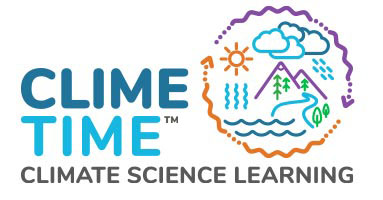Network design and support
Implementing NGSS-aligned and Climate Science learning in Washington

Overview
The ClimeTime network leadership team consists of state educational leaders from the Washington Office of Superintendent of Public Instruction (OSPI), the Association of Educational Service Districts (AESD), and learning scientists from the University of Washington’s Institute of Science + Math Education (ISME).1 Leadership team members directly support network partners who are designing NGSS-aligned and climate science professional learning resources for PK-12 educators in Washington State. Key insights from the leadership team efforts include: leveraging distributed expertise and responsibility, liaising across systems, cultivating a collaborative stance within a community of practice, and advocating for expanded and equitable access to professional learning for educators and science learning for students.
What We Do
Network leaders work with network partners in organizations and Tribal nations, educational service districts, (ESDs) and community-based organizations (CBOs) statewide who create and implement NGSS-aligned and climate-related learning opportunities for teachers. They provide support to partners in multiple ways, including: evaluation of project outcomes, communication within and beyond the network, and direct assistance with project work. Importantly, the leadership team collaborates through intentional, iterative cycles of planning, design, facilitation, and redesign of network activities, including identifying emergent needs, concerns, and opportunities within the network.2 For example, they facilitate cross-pollination of ideas and capacity-building around different design strategies at regular full-network gatherings and coordinate learning and sharing across projects throughout each year.
What We Are Learning
One key strength of the ClimeTime leadership team is the existence of diverse expertises and experiences within the group (eg. disciplinary foci, geographic regions, age groups, etc.). Relatedly, leaders approach the work with a strong commitment to collaboration and distributed responsibilities. Rather than holding static and predefined roles, each member of the team adapts and contributes dynamically to ensure that all demands are met.
This distributed, flexible approach to leadership supports ClimeTime leaders in navigating within and coordinating across the array of systems within PK-12 education. Educators working within ESDs and school-based settings experience different constraints, complexities, discourses, and opportunities than those in CBOs and community-based learning environments. Different members of the leadership team are familiar with these varied institutional contexts, enabling them to leverage relationships with various network members and represent their interests in design processes.
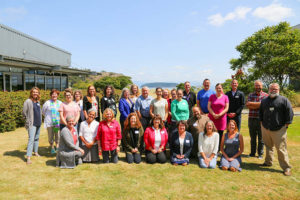 A key focus of leadership efforts is building a robust community of practice and supporting partnerships within the network to address problematic issues arising from the siloing, redundancy, and competitive attitudes that are common in a field with limited funding. ClimeTime leaders actively facilitate relationship-building between organizations — for example, by requiring grantees to intentionally design, demonstrate, and deepen their cross-institutional collaborations. In particular, collaborations between ESDs and CBOs enable community-based educators to gain traction in formal PK-12 education settings and make their unique expertise (eg. rigorous, locally relevant, place-based learning) more broadly available. Cultivating a collaborative stance also supports network partners in sharing ideas and practices that strengthen project work. Creating and maintaining sustained cross-sector partnerships is a crucial dimension of building system coherence and infrastructure to support climate learning statewide.
A key focus of leadership efforts is building a robust community of practice and supporting partnerships within the network to address problematic issues arising from the siloing, redundancy, and competitive attitudes that are common in a field with limited funding. ClimeTime leaders actively facilitate relationship-building between organizations — for example, by requiring grantees to intentionally design, demonstrate, and deepen their cross-institutional collaborations. In particular, collaborations between ESDs and CBOs enable community-based educators to gain traction in formal PK-12 education settings and make their unique expertise (eg. rigorous, locally relevant, place-based learning) more broadly available. Cultivating a collaborative stance also supports network partners in sharing ideas and practices that strengthen project work. Creating and maintaining sustained cross-sector partnerships is a crucial dimension of building system coherence and infrastructure to support climate learning statewide.
Throughout these efforts, ClimeTime project designers are focusing on equitable access to professional learning for educators and equitable and justice focused science learning for students. Supporting educators to design for learners with non-dominant cultural identities is especially critical. For example, in the spring of 2019 the ClimeTime leadership team met with Tribal partners to identify emerging areas of need to strengthen cultural resurgence efforts for Indigenous youth and communities. Recommendations from that meeting have helped to expand connections between the extensive resurgent pedagogy work within Tribal nations and learning being designed by non-Indigenous agencies and organizations across the ClimeTime network.
Strategies to expand opportunities for climate science learning for students statewide include:
- Increasing teachers’ access to professional development opportunities related to science education generally and climate science in particular, especially approaches that center place-based and phenomena-based inquiry.
- Strengthening science learning in PK-12 more broadly by building recognition of science (including environmental and sustainability education) as a crucial subject for all learners that can integrate learning across multiple content areas and support civic participation.
- Co-designing resources to help teachers facilitate learning that leverages community expertise as well as learners’ interests, identities, experiences, and prior knowledge to create engaging and consequential science learning experiences. See the STEM Teaching Tools collection for some of these emerging resources.
- Supporting administrators’ learning about climate topics in order to create coherent systems of support for teachers engaging in this work.
- Continuing engaging in network capacity-building and collaboration tailored to the different needs of various school-based and community-based organizations that support science learning statewide.
- Advocating for continued financial and policy support for climate learning by demonstrating the significance of the ClimeTime network’s contributions and innovations.
- Strategizing to mitigate the impacts of the ongoing pandemic on science learning, environmental education, and the economy, and connect climate learning with economic recovery and justice (eg. career and technical education for a green economy).
1. Organized as a research-practice partnership as per Coburn, C. E., & Penuel, W. R. (2016). Research–practice partnerships in education: Outcomes, dynamics, and open questions. Educational Researcher, 45(1), 48-54.
2. Informed by Bang, M., Faber, L., Gurneau, J., Marin, A., & Soto, C. (2016). Community-based design research: Learning across generations and strategic transformations of institutional relations toward axiological innovations. Mind, Culture, and Activity, 23(1), 28-41.
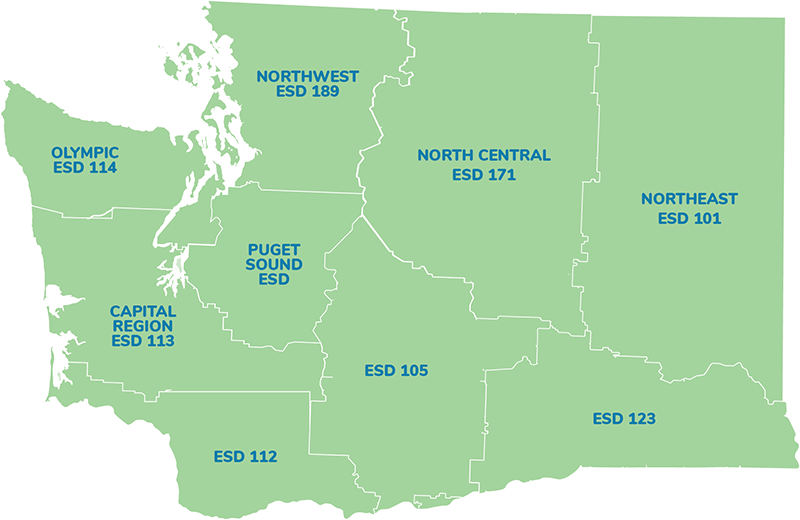
Project Partners

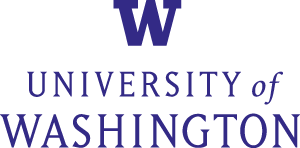
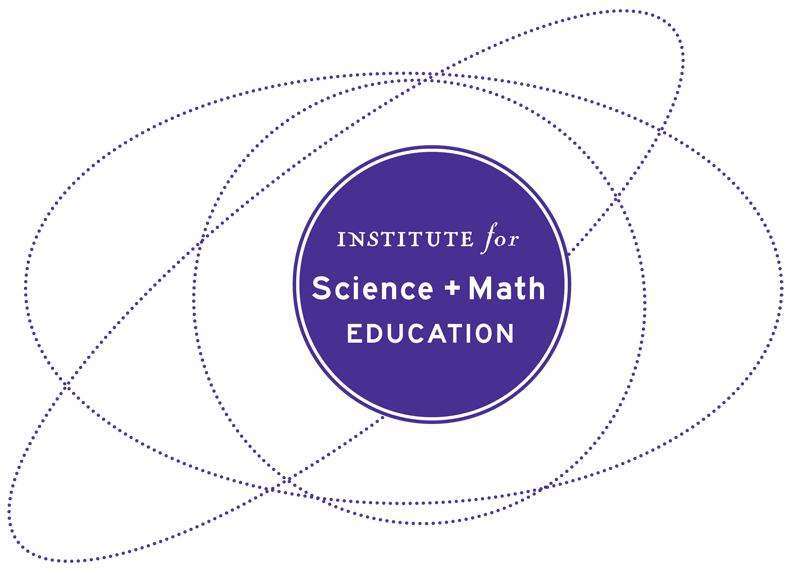

Contact
For more information contact:
Ellen Ebert, Science, Environmental and Sustainability Director Office of Superintendent of Public Instruction
ellen.ebert@k12.wa.us
Elizabeth Schmitz, Science, Environmental and Sustainability Education Program Supervisor Office of Superintendent of Public Instruction
elizabeth.schmitz@k12.wa.us
Cheryl Lydon, Science Program Manager Puget Sound ESD 121
clydon@psesd.org
Deb Morrison, Learning Scientist University of Washington
eddeb@uw.edu
Philip Bell, Professor University of Washington
pbell@uw.edu
